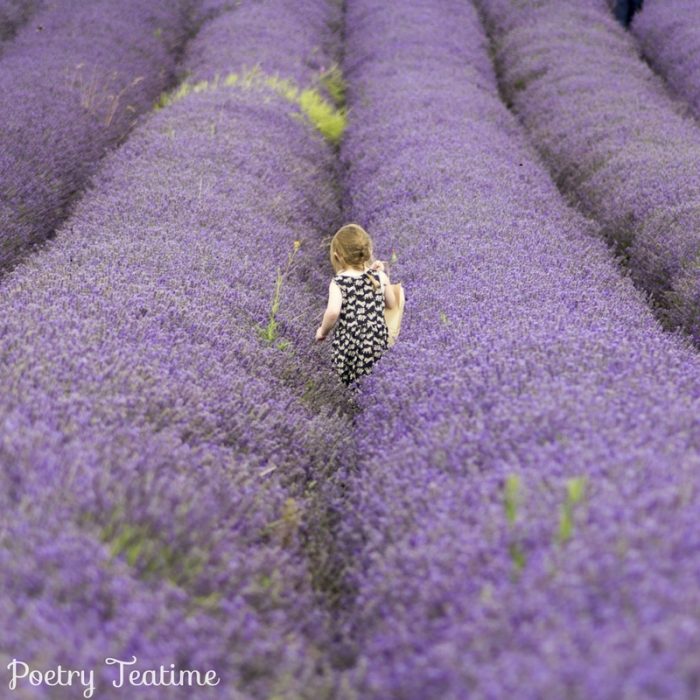Spring is in the air in today’s poetry prompt! Today, we’ll get the chance to construct both poetry and art with the help of concrete poetry. Read on to discover more!
First, what’s concrete poetry? A concrete poem is when the words of the poem are arranged in the shape of the subject of the poem. You might have a poem about a dripping faucet where the words drip down the page, or a poem about mountains where the words form tall peaks and valleys. For more about concrete poetry, check out this post on Poetry Teatime.
To write your own concrete poem on the theme of spring, start off with a nature walk. Step outside the door and take a deep breath. What do you smell? Then, look around you. Be alert for shapes that could become your poem––blades of grass, a daisy in bloom, or even a cloud gliding through the air.
Once you’re back inside, draw an outline of your shape in pencil. Make it pretty large, because you’re going to need some room to write inside of it.
Then, it’s time to craft your poem in the spaces. If you’re stuck on ideas, try writing a simile about spring or about the flower/grass/your shape. For example, you could write, “The flower is pink as ________ (bubblegum). The flower _______ (flutters) like a ________ (butterfly).” Or, if you’re writing about spring more generally, try, “Spring smells like ______ (cotton candy) and tastes like _______ (cheesecake).” The more sensory details you add to your poem, the more vivid it will be.
Happy writing! For more help creating your concrete poems, check out these patterns for concrete poetry on Houghton Mifflin.



